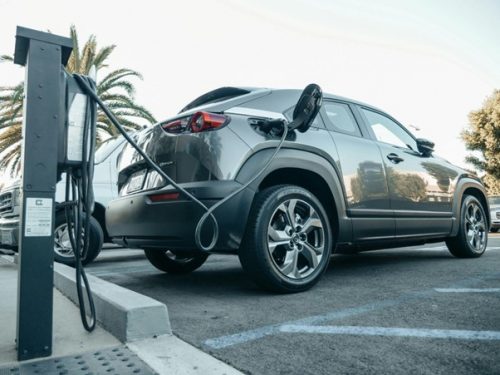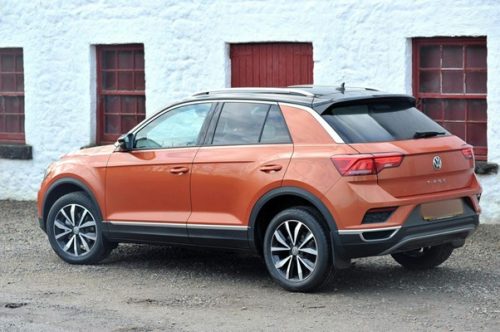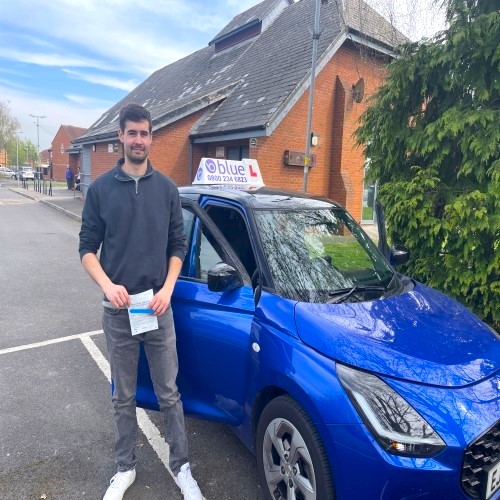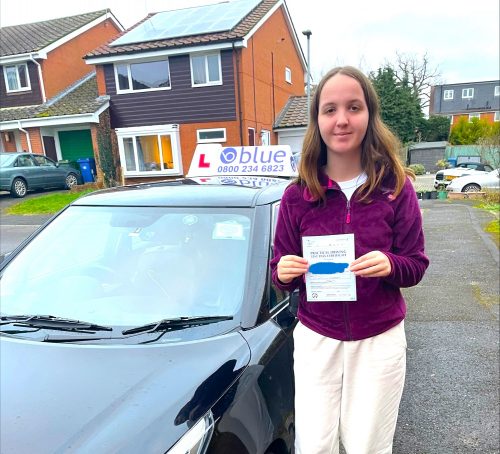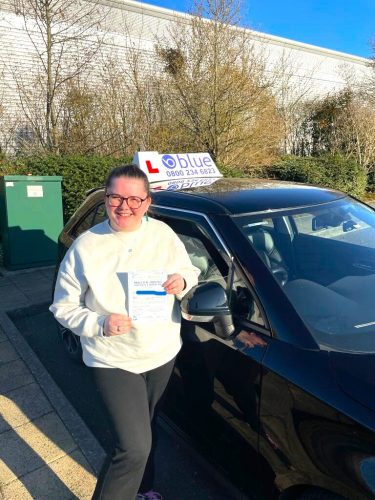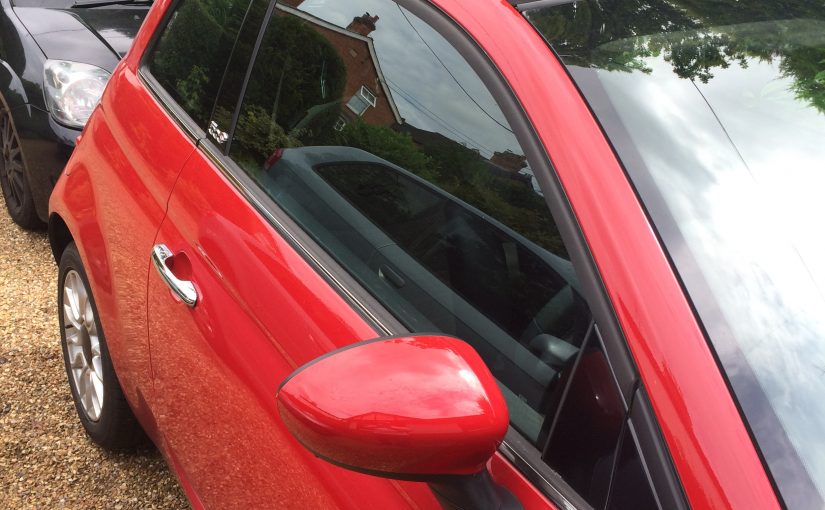
How to Get Behind the Wheel if you Have a Disability
Posted in: Driving Tips, Motorway Driving, News, Special Offers.
How to Get Behind the Wheel if you Have a Disability
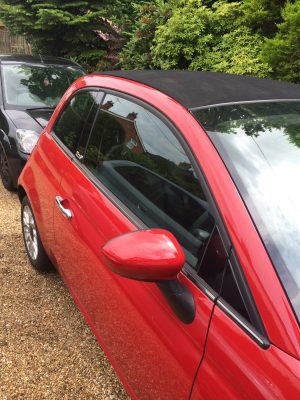
Those with a disability may have concerns over how they can get behind the wheel, but thanks to amazing advances in automotive technology, many disabled individuals find that it can be relatively simple and straightforward. Here is everything that you need to know about learning to drive, getting a license and obtaining insurance if you have a disability:
Learning
Firstly, you will need to find a suitable automobile to learn in. These incredible advances have allowed people with a wide range of disabilities to learn to drive safely and with confidence – these adaptations could include hand controls for the pedals, a joystick for a steering wheel, modified control layouts, adapted clutch and many more. You can find mobility cars like this at specialists, such as Allied Mobility.
The best way to find a suitable vehicle and learn is by finding a driving instructor that specialises in teaching disabled drivers. There are many organisations and Mobility Centres to contact to arrange this – finding an instructor that you feel happy with is crucial to success. It is important to note that you will only be allowed to drive the type of vehicle that you pass your test in, so be sure that it is the right adapted vehicle for your needs.
Obtaining a License
Disabled motorists take the same driving test as everybody else. Although you may operate the automobile in a different way, you must still show that you are able to perform certain manoeuvres and be a safe driver on the road. Once you pass your driving test, you will need to tell the DVLA of your disability and your license will reflect what type of automobile you are licensed to drive. If your medical condition gets worse at any time, you will also have to inform them and your license may be reviewed.
Getting Insured
It is the law that insurers are not allowed to refuse a disabled driver or charge a higher amount (unless they can justify this). Therefore, it should not be too challenging to get insured for a reasonable price by shopping around. Premiums are based on assessment of risk, so the only reason that you would have to pay more would be if you are adjusting to a new disability or to cover the higher costs that repairing an adapted vehicle would bring.
As you can see, learning to drive with a disability is relatively straightforward and there are adapted vehicles that can help people with a wide range of medical conditions to safely and confidently get behind the wheel.
Tags: Disability Driving, disability driving test






